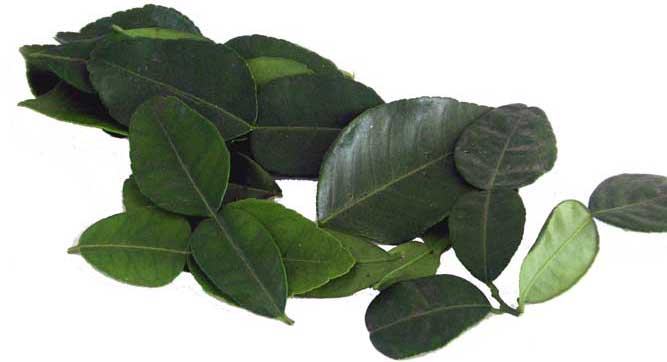 This weekend, the seemingly impossible happened. And I’m not talking about the Saints winning the Superbowl. No. What shocked me far more was that I ran out of fish sauce. Two years ago, I bought what seemed like a lifetime’s worth of bottled funk at Hong Kong Market on the Westbank. Okay, so I’m a hoarder, big deal. Next time the electricity goes out, I’ll be feasting on ten cans of coconut cream, HAH! (“Aruba, Jamaica, ooo I wanna take ya…”)
This weekend, the seemingly impossible happened. And I’m not talking about the Saints winning the Superbowl. No. What shocked me far more was that I ran out of fish sauce. Two years ago, I bought what seemed like a lifetime’s worth of bottled funk at Hong Kong Market on the Westbank. Okay, so I’m a hoarder, big deal. Next time the electricity goes out, I’ll be feasting on ten cans of coconut cream, HAH! (“Aruba, Jamaica, ooo I wanna take ya…”)
The Wikipedia entry for fish sauce describes how it’s made: “Anchovies and salt are arranged in wooden boxes to ferment and are slowly pressed, yielding the salty, fishy liquid.” Yum. The first time I ever tasted fish sauce, I experienced what my French Lit professors had been going on and on about, something called “l’etrange familier”—something simultaneously foreign and familiar. I grew up in Sweden, and it’s hard to scare a Swede with fermented fish. We practically invented it. Every August, flies from China, Sub-Saharan Africa and Peru migrate to the cold north to participate in what we call a “surströmmingspremiär” (literally “sour herring premiere”), quite possibly the stinkiest eating event in the world. That’s when Swedes bring their treasured, putrid cans of fish (which often take on a ball-shape because of the fermentation and gases building up inside) onto porches and balconies and risk their lives (and those of their neighbors) by very careful use of can openers. Sweden is a small country, but we somehow manage to eat 1.4 million pounds of rotten fish every year.
So fish sauce doesn’t scare me, but I did not expect it to become a staple in my kitchen, either. I first got to know fish sauce as “nouc mam,” which is what the Vietnamese call it. A Vietnamese lady in Bordeaux, France, taught me how to use it for dipping sauces and fillings for dumplings and egg rolls. But it wasn’t until I came to America and familiarized myself with Thai cuisine that I became a lover of fish sauce, enough to pour a few drops into the palm of my hand and licking it off whenever the need for salt arises. Actually, a secret ingredient of Swedish meatballs being mushed-up anchovies, I’m going to try fish sauce next time. LOTS of potential.
I recently interviewed local singer-songwriter Andrew Duhon for OffBeat‘s Gravy series. The article will be in our March issue. I couldn’t believe it when he said, “I don’t think I quite get soups. Neither from a palate standpoint nor from a culinary standpoint. I don’t know why. Maybe because there’s this hot water surface, and you can’t touch or be a part of anything going on under there. It’s just cooking itself you know, and I like to feel like I’m controlling the situation.” Wha? But I forgave him when he told me that his favorite soup is tom yum goong, a Thai soup with shrimp. I went home, researched and made. Awesomeness! I’ve been making tom kha gai for a long time (Thai soup with coconut milk and chicken) but had never even heard of tom yum goong. Both soups rely heavily on kaffir lime leaves (which you can buy fresh at Hong Kong Market, God willing) and galangal/ginger. I always used ginger, but tried galangal this time, and it’s not at all the same. I had to go at it with a chisel and a hammer, folks. Galangal is not playing around. It is hard as wood and smells more like pine or rosemary than ginger. (It looks like ginger, but stings like a tree.) It was the addition of half a cup of fish sauce that drained my supply, but now I’m hooked. I want to eat this thing. Hot as hell (thank you God for inventing bird’s eye chilies) and so sour (juice of four limes), the shrimp tasted like candy. My mother-in-law, who is not into spicy, saw me mash another chili into my second bowl of soup and said every minute for the next ten minutes, “You look red.”… “You look red.”… “You look red.”
Ooo, heaven.




